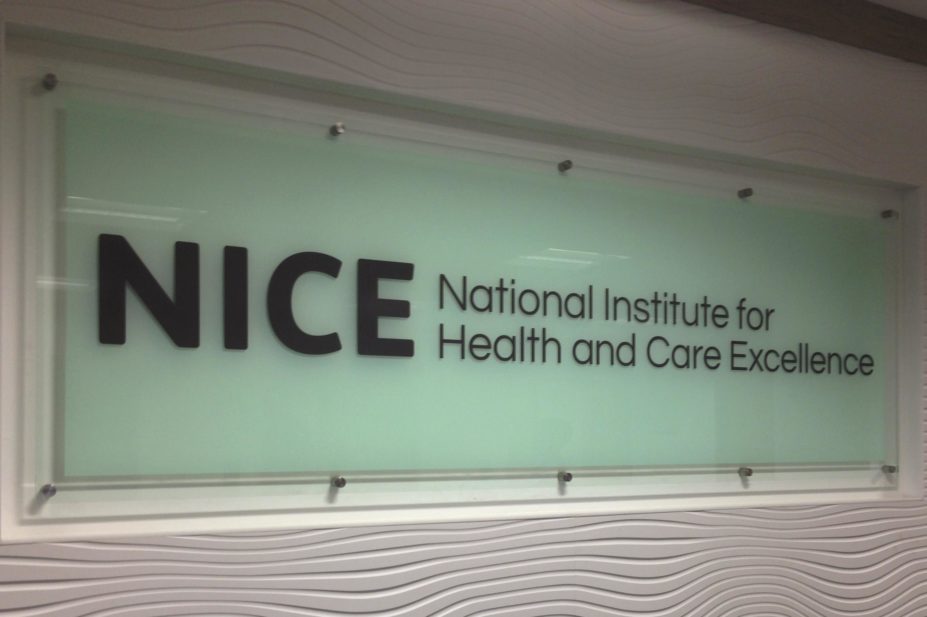
Courtesy of NICE
Patients with suspected sepsis must be assessed and treated within one hour by hospital staff if they are deemed to be at high risk of severe illness or death, the National Institute for Health and Care Excellence (NICE), the health technology assessment body, has said.
The announcement, made in a new draft quality standard[1]
, draws out recommendations from NICE’s 2016 guideline on the management of sepsis[2]
, which widens the criteria for suspecting sepsis.
The quality standard says health professionals in any setting, such as GPs, paramedics and A&E staff, should assess people with suspected sepsis, using a specific set of observations, to determine whether there is a high risk that their condition could be life threatening.
This includes recording vital signs, such as temperature, heart rate, respiratory rate, level of consciousness, oxygen saturation, and blood pressure, as well as checking urination rate, rashes and skin discolouration.
In hospital, anyone identified as having at least one criterion suggesting that they are at high risk should be reviewed immediately by a senior clinician, and receive antibiotics within one hour, as well as intravenous fluids if their lactate levels are above 2mmol/litre.
Systems should be in place to enable antibiotics to be given to high-risk patients in GP practices or ambulances in situations where it will take more than one hour to transfer them to hospital.
Gillian Leng, deputy chief executive at NICE, says: “Severe symptoms can develop in sepsis very quickly. If high-risk patients are not identified and treated promptly, people can be left with debilitating problems. In the worst cases, they may die.”
She adds: “We know from recent case reviews that there are inconsistencies in how people’s symptoms are assessed in different settings. More can be done to provide rapid treatment.”
The 2015 report by the National Confidential Enquiry into Patient Outcome and Death says that 40% of people admitted to A&E with sepsis did not have a timely review by a senior clinician, and that there were avoidable delays in administering antibiotics in almost 29% of cases and inconsistent early use of IV fluid[3]
.
The draft quality standard is now out for public consultation until 7 April 2017.
References
[1] National Institute for Health and Care Excellence. Sepsis draft quality standard. Available at: https://www.nice.org.uk/guidance/indevelopment/gid-qs10032 (accessed March 2017)
[2] National Institute for Health and Care Excellence. Sepsis: recognition, diagnosis and early management. Available at: https://www.nice.org.uk/guidance/ng51 (accessed March 2017)
[3] National Confidential Enquiry into Patient Outcome and Death. Just say sepsis! A review of the process of care received by patients with sepsis. Available at: http://www.ncepod.org.uk/2015report2/downloads/JustSaySepsis_FullReport.pdf (accessed March 2017)
You may also be interested in

Tackling the NHS drug budget: why we set up a regional collaboration for medicines value

Lack of joined-up working between pharmacy and general practice is ‘nonsensical’, says former BMA chair
